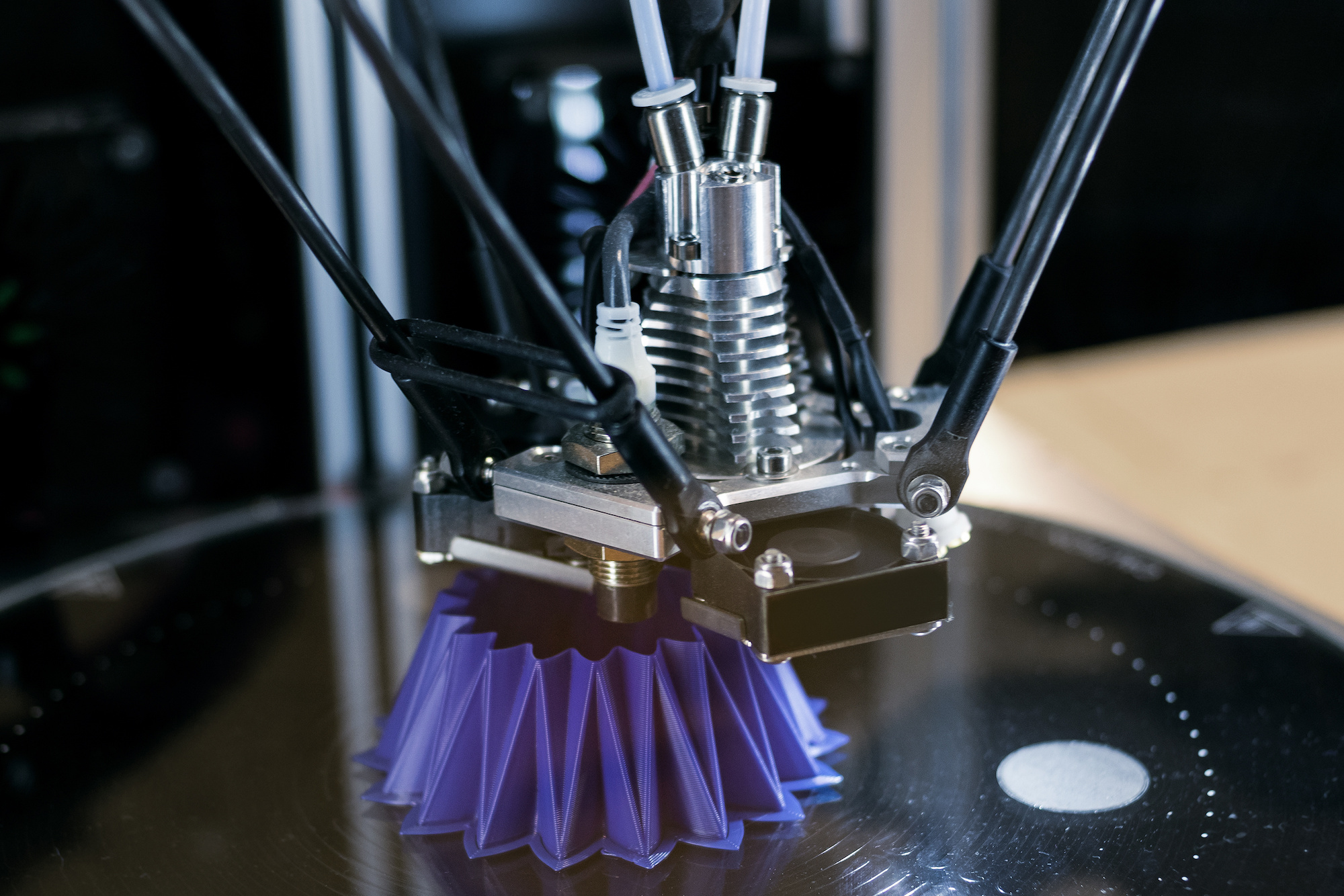3D printing has come a long way since its inception in the 1980s. This technology, also known as additive manufacturing, allows for the creation of three-dimensional objects by layering materials one on top of another. Over the years, 3D printing has found applications in various industries, from aerospace to healthcare, and has been used to print everything from prosthetic limbs to car parts.
But the potential of 3D printing goes far beyond its current applications. In the future, this technology has the potential to completely transform the way we live and work. Here are some of the ways in which 3D printing can change the world:
-
Customization: With 3D printing, it is possible to create customized products quickly and easily. This means that we can tailor everything from our clothing to our furniture to our individual needs and preferences. This can not only make our lives more comfortable but can also have a significant impact on the way we consume products and the waste we generate.
-
Sustainability: 3D printing has the potential to significantly reduce the amount of waste generated by traditional manufacturing methods. Because products are created layer by layer, only the required amount of material is used, and there is no need for excess packaging or shipping. This can lead to a more sustainable and environmentally friendly way of producing goods.
-
Accessibility: 3D printing can democratize manufacturing by making it accessible to individuals and small businesses. With the help of 3D printers, people can create their own products, which can lead to increased entrepreneurship and innovation.
-
Healthcare: 3D printing has already been used in healthcare to create prosthetic limbs, dental implants, and even human organs. In the future, this technology can be used to create personalized medicine, custom implants, and even replacement organs.
-
Space exploration: 3D printing can play a crucial role in space exploration. It can be used to create equipment and tools on demand, which can be crucial in space missions where resources are limited.
The potential of 3D printing is vast, and it is clear that this technology has the potential to change the world in numerous ways. However, there are still challenges that need to be overcome before 3D printing can become mainstream. For example, the cost of 3D printers and materials is still high, and the technology is not yet advanced enough to replace traditional manufacturing methods in all industries.
Nonetheless, the future of 3D printing looks promising, and it is clear that this technology has the potential to transform the world in numerous ways. As the technology advances and becomes more accessible, we can expect to see more innovative and revolutionary applications of 3D printing emerge in the years to come.




Comments